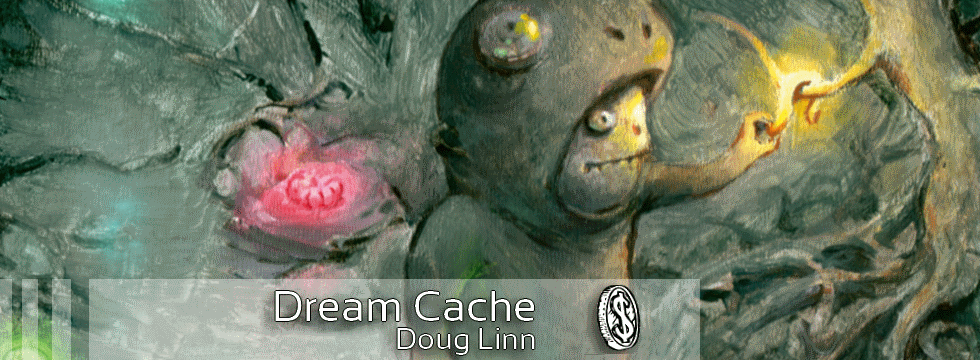This week, we are looking at Planar Chaos, the second set in the nostalgia-heavy Time Spiral block.
Finance History
Welcome back to another week of financially-minded set reviews. This week, we are finishing our look at Time Spiral, an incredible set for players and collectors. Like I said before, Time Spiral was a set that rewarded long-time players.
Time Spiral is a reward for being a veteran Magic player. It’s the badge you earn when you get Achievement Unlocked: Play Magic For A Decade. Time Spiral, like a Lars Von Trier film, is one for the critics.
Coldsnap was an ambitious set, built on a MaRo-driven myth of a lost set. It was created to make Ice Age into a real block, but it fell short of most of its design goals. The designers wanted us to like Cumulative Upkeep, but few of the cards were even playable in draft. There are still some amazing and unexpected gems in the set, so take a look for the money cards of Coldsnap!
Dissension, the third (and chronically-misspelled) set in Ravnica, showcased the remaining three guilds. We were introduced to the hellbent Rakdos, the gene-splicing Simic and the board-stalling Azorius guilds. Ravnica block is good for a couple money rares, but it didn’t go as casually deep as I thought it would when I first thought about the block. Dissension has a few nice tournament staples aside from the obvious shocklands – let’s take a look at the set!
Guildpact is the second set in Ravnica block, bringing us The Orzhov, Izzet and Gruul guilds. Or, if you prefer, the B/W, U/R and R/G color combinations. It was a fine set, especially because it deeply explored B/W. Guildpact brought the guilds’ shocklands, along with a few other money cards. Let’s take a look at Ravnica Block’s second set this week!
This article marks the second half of our review of Ravnica: City of Guilds. Last week, we saw some power uncommons and surprisingly-valuable casual cards. This week, we’ll get into heavy hitters like shocklands and more! Let’s take a look…
This week, we dig into Ravnica! The City of Guilds brings a huge pile of big monsters, expensive lands and power uncommons. Join me and find out what cards are secretly worth money, what chase rare has been losing value, and what card pushed big design challenges!
We finish up a tour of the plane of Kamigawa this week with Saviors. The set’s mechanics focused on “wisdom,” as measured by the amount of cards in your hand versus another player’s hand. In theory, this sounds pretty cool; however, in practice, it meant that a player had to keep in mind both hand sizes at all times. The mechanic was unfortunate in that it rewarded players for holding onto their creatures and spells instead of playing them out. What could have been an interesting source of in-game tension wasn’t developed well enough to make it worthwhile to play with the wisdom cards. Although it was a small, poorly-received third set, Saviors has a good selection of money cards for traders to profit from.
Betrayers of Kamigawa is fortunate for us in some ways because there are very few cards that are actually worth memorizing. This set and its follow-on were nearly complete duds for tournament Magic; they left few memorable cards after Standard was over. In this article, we will discover the diamonds in the rough and pull the money cards from Betrayers!
Champions of Kamigawa drew upon Japanese mythology, with its shrines, kami and crazy dragon spirits. Though it doesn’t pack in the ridiculous combo cards like Mirrodin did, it is full of legends, which means that there are a bunch of cards that get their value from Commander. This week, we will look at the first half of the set and how you can get the most money from Champs. Let’s look!
Matthew Lewis takes a look at MTGO prices and how to identify value in his first article for QS.
Fifth Dawn was the third set in Mirrodin and was inexplicably focused on getting people to play all five colors. In the abstract, this is fine, but this was in a set full of artifacts that gave you advantages for running them. It would be like if Onslaught Block culminated in a set focused on super-powered spells instead of really good Tribal creatures…
Oh, wait.




